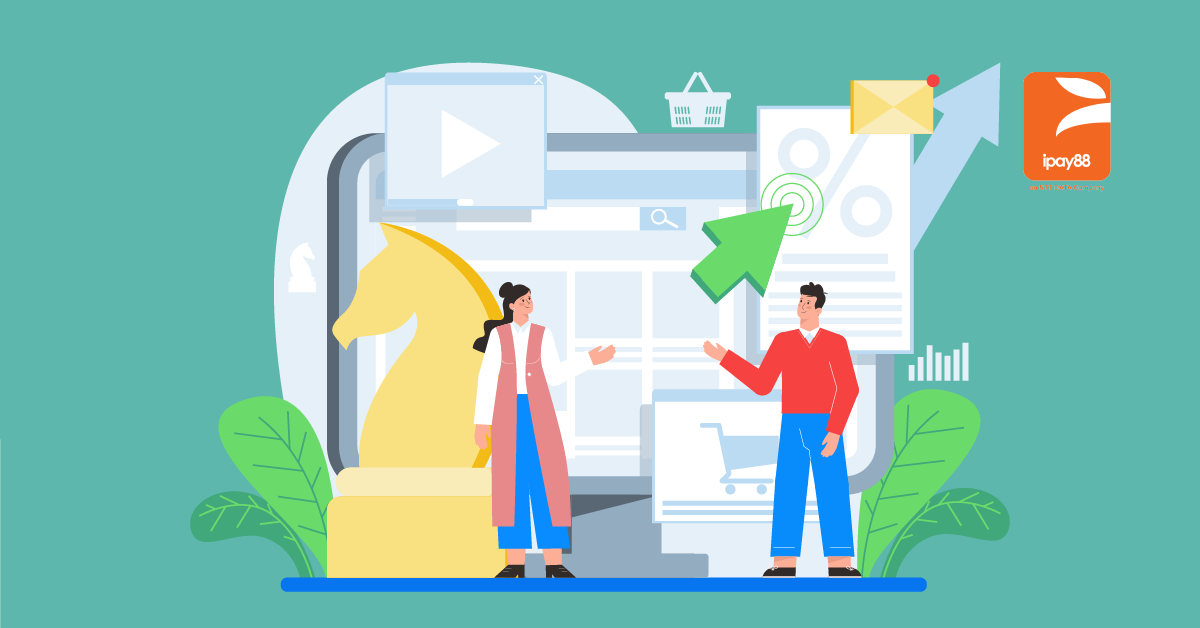Have you ever envisioned yourself walking into a store and the next thing you know, someone in it welcomes you with your name? Sounds creepy?
Well, fortunately, this is only an analogy to describe what personalised marketing strategy is.
However, we can’t deny that it does feel rather amusing to have our names greeted by a stranger.
While modern-day innovation has yet to make this a reality, the digital age has empowered many companies to take their personalised marketing strategies to the next level.
Remember how Coca-Cola successfully personalized its marketing campaign?
Back in 2011, world-renowned soft drink company, Coca-Cola launched its famous “Share a Coke” campaign in Australia and it was a smart and successful move.
Basically, Coca-Cola stepped up its game by replacing its logo on the drink label with popular names that appeal to the younger generation.
Combined with the hashtag, #shareacoke, it further encouraged people to share the desirable drink with friends.
The idea was motivated by the effort to drive awareness among young consumers, and it worked!
People loved the idea, it tops up as a cheap thrill to many. Imagine finding your name on a label, doesn’t it make you squeal with excitement?
So, consider yourself lucky if you were able to find one.
For the first time in 4 years since 2000, the company saw its sales volume increased.
For a personalised marketing strategy, this campaign takes the crown; it was able to truly grasp the concept of personalisation and still holds its title of the most innovative and original examples, today.
It also taught us how personalisation can also be highly effective and engaging, provided that we understand our targeted audience first.
Why personalization strategy is becoming more valuable
Looking back, it is a wonder to realise how much consumer purchasing habits have changed after decades.
From a time where consumers had to be physically present to purchase, to having goods delivered right at our doorsteps, digital and technology have come a long way since.
With the growing competition and resources available, it is becoming a challenge to satisfy consumers’ appetite for a pleasant shopping experience.
We have entered an age where customer service and user experience are valued above all else.
And this explains why personalization in the business world is becoming more prevalent over the last decade.
At some point, most of us would have already experienced some form of personalised marketing.
There is no need to go far and look for it, just take a peek inside your mailbox and you’ll know why.
You might or might not received emails that addressed your name in the title.
For instance, if you happen to be a registered user of a website, chances are you will come across emails like these once in a while: ‘Hey Jason, we missed you! Here’s a great deal especially just for you.”
Basic personalisation like this example generally does the trick to achieve a high open rate or increase website traffic.
The power of personalization strategy - Future of marketing
However, personalised marketing is more than just including your customer’s name in the email.
To put it simply, it involves collecting customer data and integrating them into marketing mediums, such as email, social media, and blogs, to create relevant content and better experience.
In recent trends, more companies are adopting personalised marketing strategies and gradually boycotting hard-selling techniques to effectively reach their audiences, “delight” them, and leave a lasting impression.
On top of that, the average human attention span is reported to be at its lowest ever, since technology evolution took place.
So if people are constantly bombarded by irrelevant ads and messages, what are the chances to get a sales conversion?
Probably close to none, and it will be a wasted effort in the end. Needless to say, if you still have not implemented personalisation in your marketing strategy, you’re missing out.
But how successful can personalised marketing efforts actually be?
Achieve better conversion results with content
While personalising your emails does sound like a good practice, sometimes it pays off more to think out of the box.
Consumers aren’t easily fooled for one thing; they are aware that you did not type in their names or messages personally.
To wow them and exceed their expectations, it means going the extra mile to offer relevant content that interest them.
Consider this, the next time you blast out emails, find out your customers’ names and their purchase history.
Subsequently, you may include recommendations based on their previous purchases or page visits.
In fact, 75% of customers would prefer to buy from sellers that could “read their minds”.
Hence, this could ultimately result in better sales, and even generating customer loyalty.
Build greater relationships with customers
Do you recall feeling special during a stay in a nice hotel?
You get greeted upon arrival, your requests are taken care of, and it makes you feel welcomed.
Similarly, businesses can create a similar experience for their customers too.
Show them how much you care when you send them birthday wishes or discount codes during their special day.
Don’t treat them as just one among the crowd, but recognize their unique needs and wants.
On the other hand, businesses can connect with their audiences through social media channels.
Besides making your brand look more authentic, it also caters to individual requirements to make them feel their voice is being heard and attended to.
All about being personal with your customers
Personalisation is more than just marketing, it’s about serving your customers first. When in doubt, try putting yourself in your customers’ shoes once in awhile to look at things in their perspectives.
Remember, the future of marketing is going to become more personal. Soon, consumers would not even need to look for their favourite products as marketers will make these items accessible to them beforehand.
So, what are you waiting for? Start personalising your marketing strategies today!
For more updates related to industry news, remember to read our blog.





